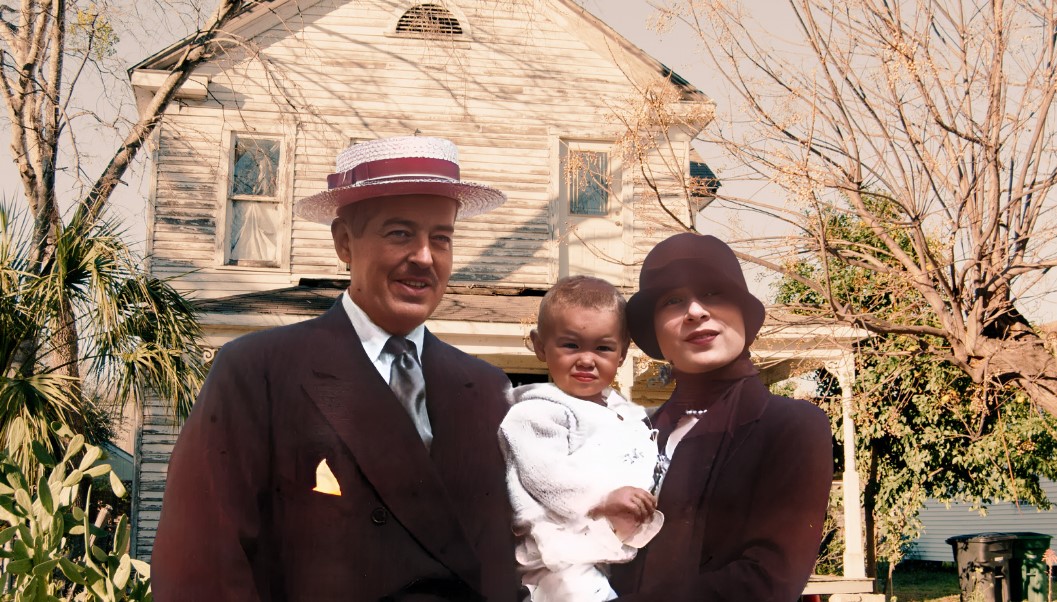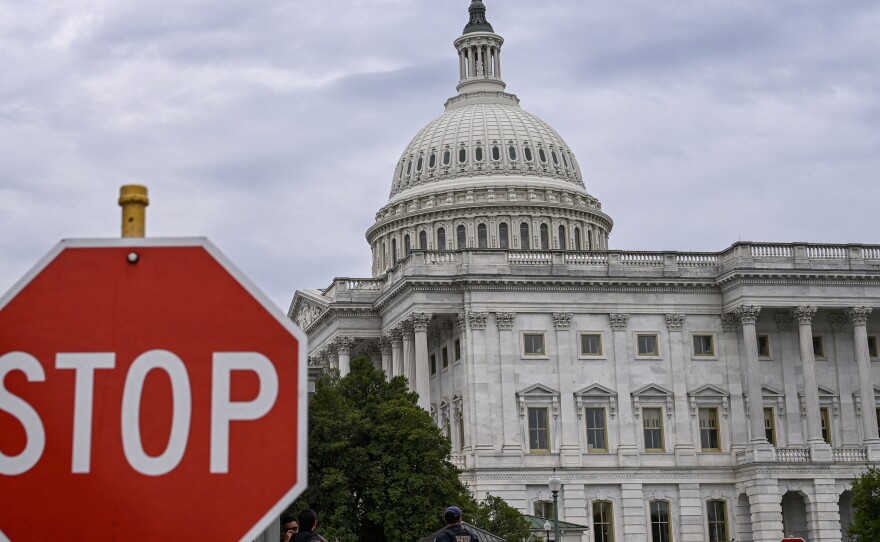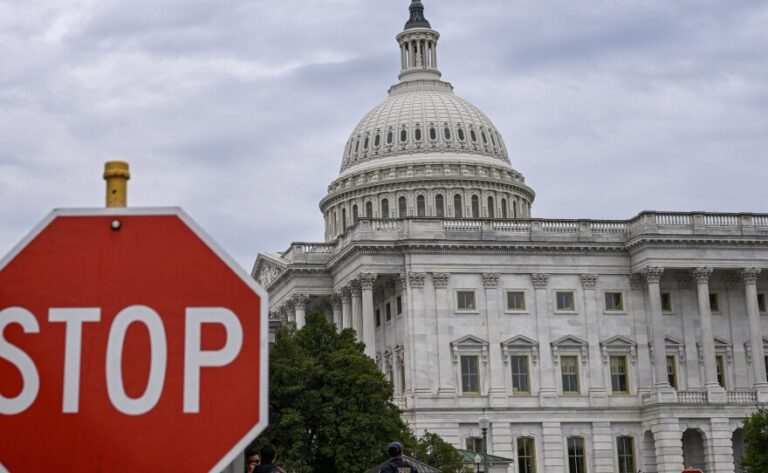The Vanderbilt family, once synonymous with unbridled wealth and power, presents a quintessential example of America’s financial peaks and valleys through history.
Their ascendancy began with Cornelius Vanderbilt, who established an empire in transportation through shrewd business strategies in the shipping and railroad sectors.
At its zenith during the Gilded Age, the family’s fortune was a testament to industrial success and lavish excess, as witnessed by their opulent homes and socialite status.
Yet, despite this immense wealth, subsequent generations saw a dramatic decline in the family’s financial standing.
Key Takeaways
- Vanderbilt family’s wealth originated from Cornelius Vanderbilt’s ventures in shipping and railroads.
- Cornelius Vanderbilt’s estate was valued at $100 million at his death in 1877, approximately $2.5 billion today.
- At its peak, the family’s fortune could be equivalent to $185 billion today.
- Anderson Cooper is an Estimated net worth of $50 million in 2024, with an annual salary estimated at $12 million.
- Gloria Vanderbilt: Before her death in 2019, her net worth was estimated at $10 million.
- The Vanderbilts made lasting impacts through their investments in railroads and real estate.
- The family’s wealth declined due to extravagant spending, poor investments, and inadequate financial management.
The Vanderbilt Legacy – Net Worth 19th Century
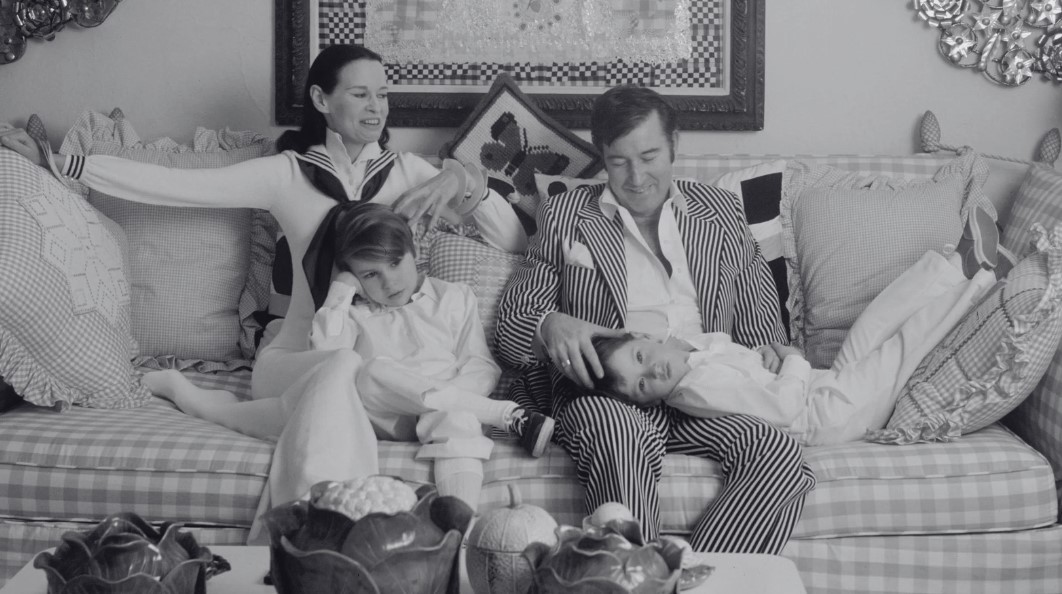
The wealth of the Vanderbilt family originated with Cornelius Vanderbilt, known as “Commodore.” Beginning his career with a single boat, he expanded his enterprise into a fleet, offering ferry service in the New York region.
Vanderbilt’s acumen in the shipping industry laid the groundwork for what would become a monumental fortune. His success was not only a testament to his personal capabilities but also to the opportunities present in a rapidly industrializing America.
At its peak, the Vanderbilt fortune was a monumental sum, ranking among the largest of the Gilded Age. Cornelius Vanderbilt amassed a fortune that, by today’s standards, is worth billions.
At the time of his death in 1877, his estate was valued at $100 million which is approximately $2.5 billion today according to History.com.
Modern estimates suggest that if adjusted for inflation, the Vanderbilt family’s fortune was once equal to $185 billion compared to their current wealth, which is significantly reduced, with individual members such as Anderson Cooper holding a net worth around $50 million in 2024.
During the height of their wealth, they were without question the wealthiest family in America. Their fortune dwarfed that of other notable families of the time, such as the Rockefellers and the Carnegies.
However, over the generations, as the Vanderbilt fortune was divided and diminished, their financial standing has decreased relative to contemporary wealthy families. Today, the Vanderbilts would not rank among the likes of Jeff Bezos, Elon Musk, or Bill Gates, who each hold fortunes well into the tens of billions of dollars, underscoring a dramatic shift in the landscape of wealth over the past century.
Net Worth 2024
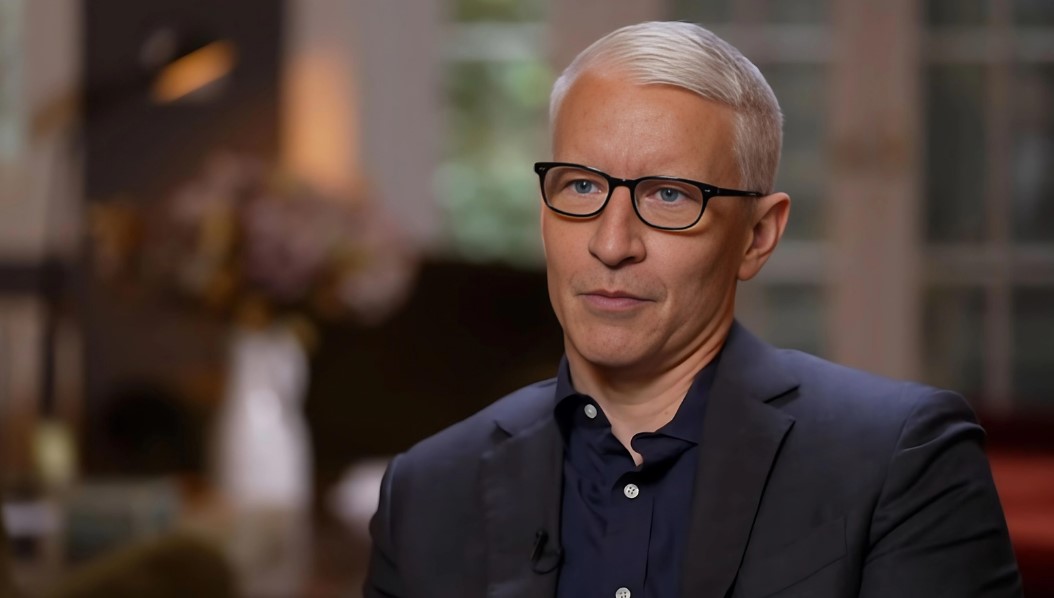
The Vanderbilts historically possess vast real estate, but the scale of the holdings has changed over time. Certain properties like The Breakers in Newport continue to symbolize the family’s opulent past. Today, real estate remains a component of their wealth, albeit not as prominently as in the Gilded Age.
Family members’ wealth is more private, branching into various business ventures and investments.
Anderson Cooper, a descendant, made his mark in media, with an estimated net worth around $50 million as of 2024. A clear shift from tangible assets to more diversified portfolios marks the family’s modern financial strategies. He also collects quite a salary — $12 million annually (estimated)
Gloria Vanderbilt forged her own path as a fashion designer and artist. Before her death in 2019, Gloria’s net worth was estimated at $10 million, according to Celebrity Net Worth.
The Gilded Age Peak
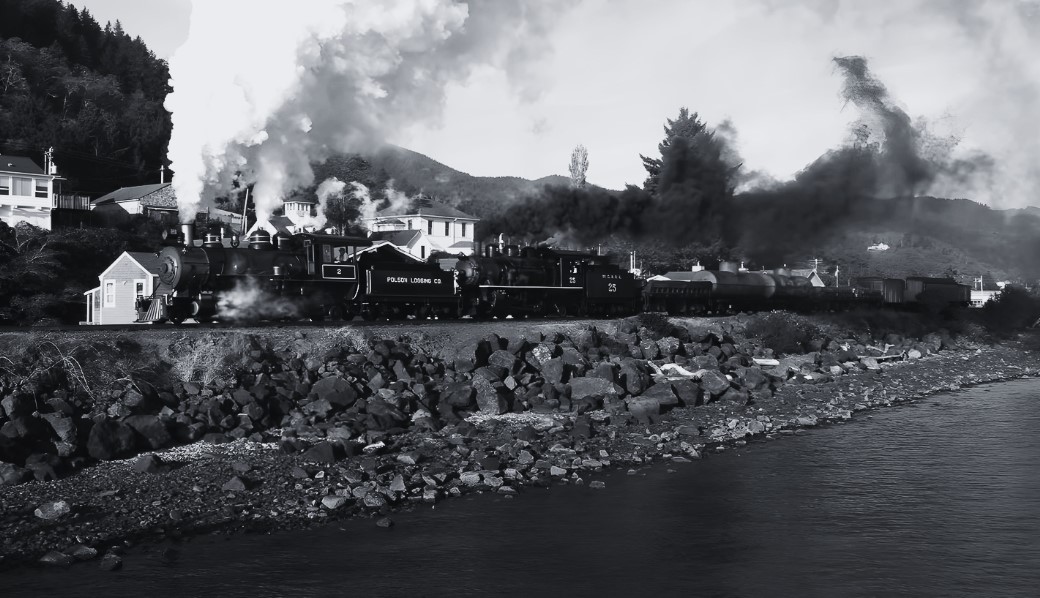
The Vanderbilt wealth grew as the family diversified into various industries. Railroads, which were the backbone of American economic expansion at the time, became synonymous with the Vanderbilt name as per American Rails.
They strategically acquired and built an extensive network of rail lines, including the New York Central Railroad. The Gilded Age saw the Vanderbilt family expand their reach into real estate and finance, with grand projects like Grand Central Terminal becoming a notable symbol of their wealth and impact on American society.
Impact on American Society
The Vanderbilt family’s wealth has had a lasting impact on American society. Their investment in railroads and real estate marked a transformation in American industry and infrastructure.
Moreover, the distribution of the Vanderbilt’s wealth has influenced social change and supported cultural institutions. As their fortunes were allocated across an array of philanthropic efforts, their legacy today is as much about their societal contributions as their once staggering wealth.
Financial Downfall
The financial downfall of the Vanderbilt family was marked by grandiose expenditures and a series of poor decisions in maintaining their wealth.
Lavish Spending
The legacy of the Vanderbilt family’s opulence perhaps is best illustrated by the notorious excesses of the Gilded Age. Extravagant parties, enormous mansions, and symbols of wealth were emblematic of their lifestyle.
One of the most talked-about events put on by the Vanderbilts was the 1883 costume ball, which was reputed to cost an inflation-adjusted $6 million according to Antique Trader.
Poor Investments and Management
The Vanderbilts’ vast fortune was also eroded by a combination of poor investments and inadequate wealth management. Investments that did not pan out, along with a failure to diversify assets sufficiently, led to significant financial losses over time. The heirs’ lack of business acumen meant that the family wealth was not effectively sustained or grown, contributing to its decline.
Marital Alliances and Their Financial Impact
Marriages and alliances also played a pivotal role in the erosion of the Vanderbilt’s wealth. Notable among these was William Kissam Vanderbilt’s marriage to Alva Erskine Smith, who significantly contributed to the family’s financial decline.
Alva Vanderbilt leveraged the family’s resources to establish high-profile social connections, organizing lavish events and securing advantageous marriages for her children.
These efforts, while aimed at preserving the family’s social standing, ultimately contributed to their financial downfall, forcing many Vanderbilts to sell off assets and auction their possessions.
Estates and Architectural Achievements
1. The Biltmore Estate
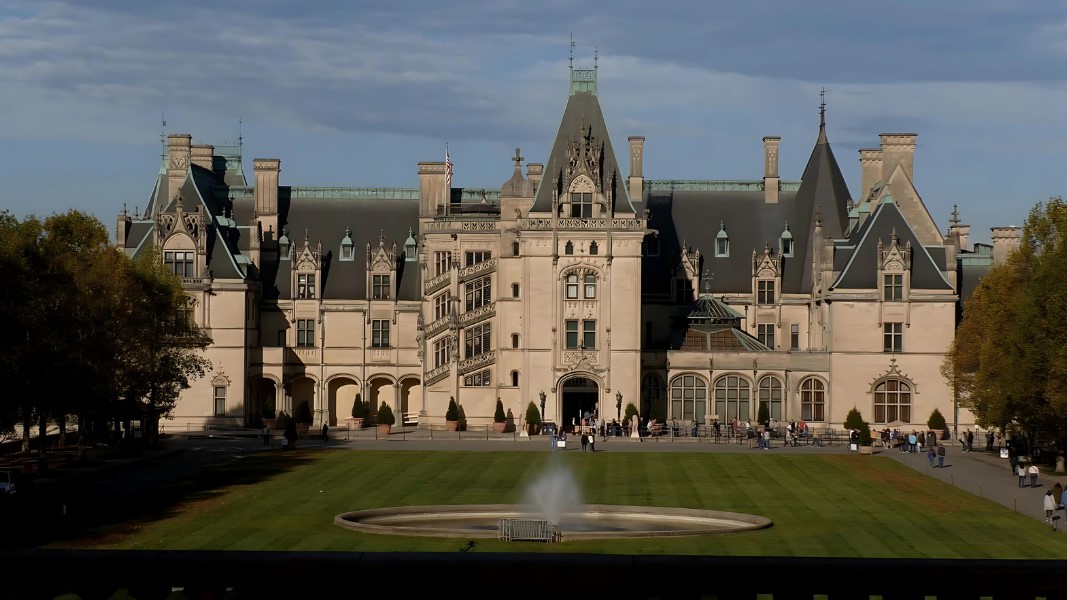
The Biltmore Estate is a renowned architectural achievement of the Vanderbilt family.
It is the largest privately-owned home in the United States and features a stunning 250-room mansion, complete with beautiful gardens and exquisite interiors.
The Biltmore House, designed by Richard Morris Hunt and landscaped by Frederick Law Olmsted, exemplifies the grandeur and luxurious lifestyle of the Vanderbilts.
2. Fifth Avenue Mansions
Your journey into the world of Vanderbilt architectural accomplishments would be incomplete without exploring the historic Fifth Avenue mansions.
These opulent homes, built during the Gilded Age, were situated in one of the most prestigious areas of New York City.
The renowned architects of these mansions, including Hunt and McKim, Mead & White, crafted the buildings with exquisite detail, reflecting the wealth and status of the Vanderbilt family.
3. Newport Summer Homes
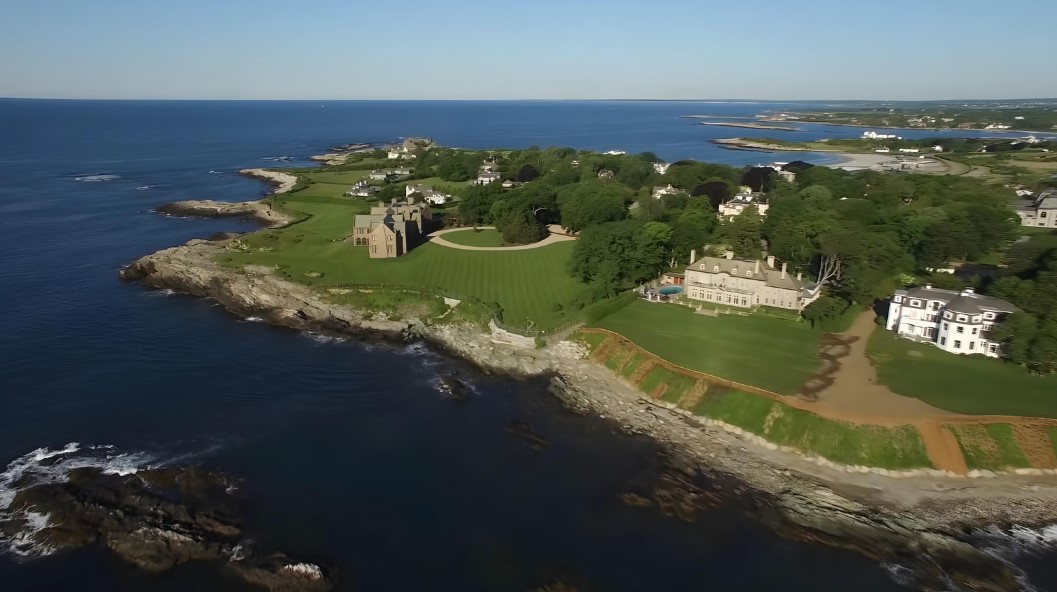
For their summer retreats, the Vanderbilts built several lavish homes in the seaside city of Newport, Rhode Island.
Marble House and The Breakers are two of the most well-known Newport mansions, attracting visitors from all around the world as per this source.
These stunning homes showcase the architectural prowess of their designers and offer a glimpse into the luxurious lifestyle of the Vanderbilts during the summer months.
4. Grand Central Terminal
While not an estate, the Grand Central Terminal is another noteworthy achievement associated with the Vanderbilt family.
As part of their vast railroad empire, the iconic terminal in New York City stands as a testament to the family’s influence and investment in transportation infrastructure.
This beautiful Beaux-Arts-style building is not only a crucial transportation hub but also an important architectural landmark that continues to dazzle visitors today.
Legal Battles and Controversies
Inheritance disputes began surfacing soon after the death of family patriarch Cornelius Vanderbilt. Heirs contested wills and the distribution of assets, leading to lengthy and costly court proceedings. These disputes often highlighted the challenges of distributing a large estate among numerous descendants. For instance, the legal battle over Gloria Vanderbilt’s trust fund is a notable example of the family’s internal conflict.
The Vanderbilts also endured intense public scrutiny, which sometimes led to scandal and legal implications. The public disputes involving the family, such as divorce battles and custody fights over vast sums of money, became sensational news stories that tarnished the Vanderbilt reputation. These controversies often resulted in a significant drain on their resources, further contributing to the decline of their financial legacy.
Philanthropic Endeavors

The Vanderbilts are renowned for their substantial contributions to education and the arts.
They established Vanderbilt University in Nashville, Tennessee, in 1873 with an initial gift of $1 million, a significant sum at the time. Today, the university serves as a testament to their investment in higher education.
The family also supported the arts, exemplified by The Vanderbilt Fine Arts Gallery which showcases a broad range of artwork linking art history with cultural diversity.
Several charitable organizations bear the Vanderbilt name, continuing the family’s philanthropic vision.
Among these, the Gloria Vanderbilt Foundation is significant, which focuses on societal contributions that aid children and families in need.
The foundation honors Gloria Vanderbilt’s legacy by addressing contemporary social issues through targeted programs and grants.
Frequently Asked Questions
Conclusion
The Vanderbilt family’s narrative is a powerful illustration of American capitalism’s ebb and flow. From Cornelius Vanderbilt’s remarkable rise in the shipping and railroad sectors to the zenith of their wealth during the Gilded Age, the Vanderbilts exemplified the American dream of prosperity through ingenuity and hard work. However, their story also serves as a cautionary tale of how wealth, no matter how vast, can dissipate across generations without prudent management and diversification.
Disclaimer
All information presented in this text is based on our perspectives and experiences. The content is provided for informational purposes only and is a reflection of the personal views of the authors. We do not guarantee the accuracy or reliability of the information provided and shall not be held responsible for any inaccuracy, omissions, or inaccuracies.

